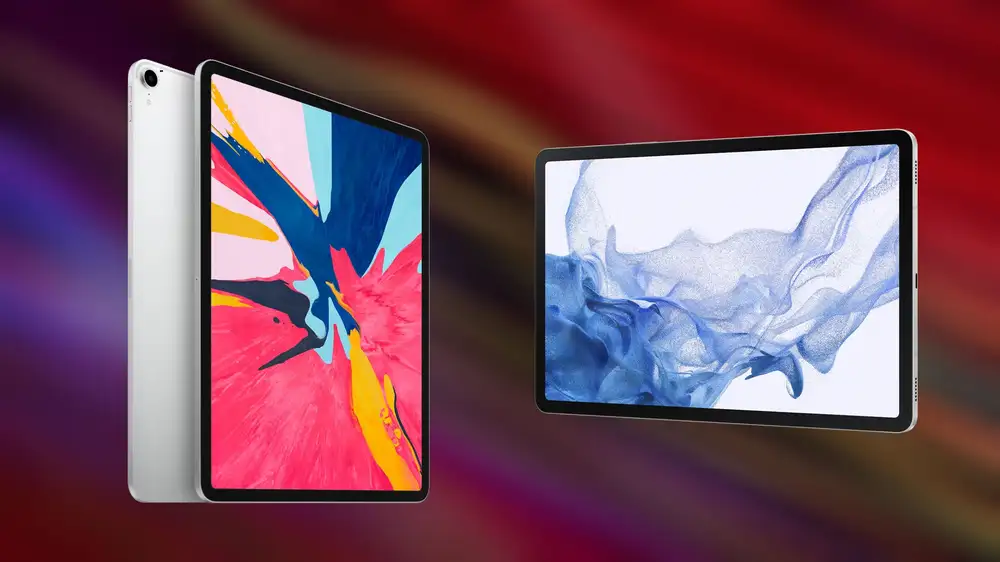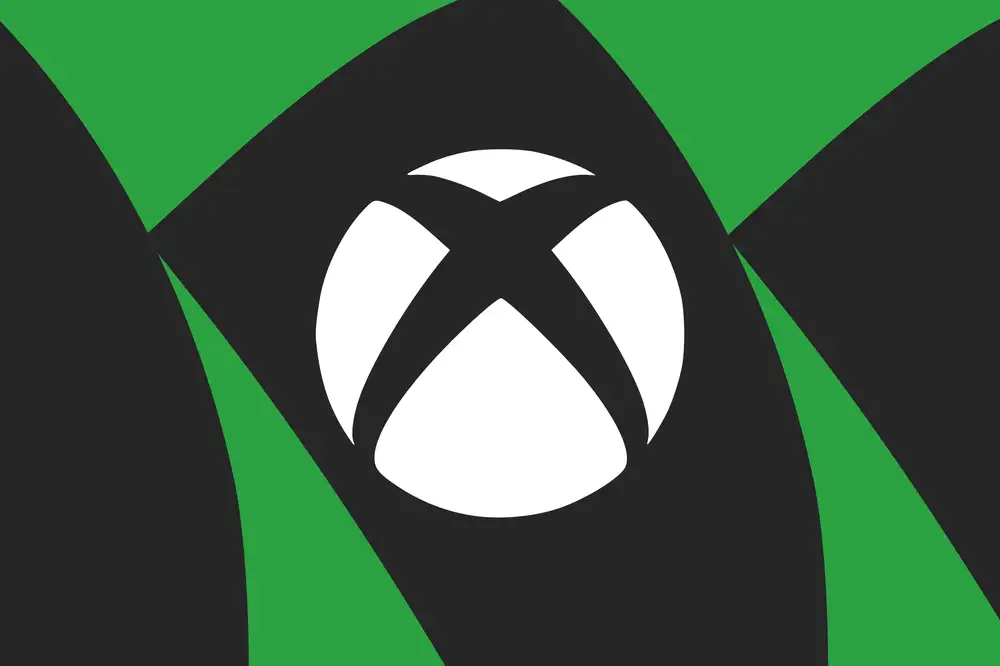Choosing a tablet is tough, we know. Apple’s side alone has a variety of options, and it’s not always clear what’s so different between them. Unless you’re versed in all the jargon, the difference between a "Liquid Retina display" and a "Ultra Retina Tandem OLED with Pro Motion" isn't immediately obvious. There are also major differences under the hood, with Apple currently offering devices featuring an older A16 chip at the low end and an exceedingly fast M4 chip at the high end.
The Android tablet market only widens the field that much more. Where Apple tends to trim off the older tablets in its stable, the Android tablet market will still readily show you devices you shouldn’t have bought when they were new, let alone years later. And just like Apple’s devices, there’s a considerable range of hardware options that go from severely underpowered to total overkill — at which point a Windows tablet could make more sense. What makes Android tablet shopping even more complicated is the software support. Apple keeps its tablets running on the latest operating systems for a long time, but how long any given Android tablet will stay up to date is a much harder question to answer.
After looking at the market, considering the iPad and Android tablets we’ve tested, and weighing what actually makes sense when purchasing a tablet, we’ve narrowed down a handful of the best options that strike the right balance.
Additional contributions by Mark Knapp
Best Tablet
Best Android Tablet
Best Tablet for Creative Work
Best Thin and Light Tablet
Best Budget iPadOS Tablet
The OnePlus Pad 3 is one hell of a machine, but it may be flying a little too close to the sun to earn a solid recommendation. The sun in this case being full-fat PCs. To get just the OnePlus Pad 3 on its own, you’ll be looking at a $699 price tag — already in laptop price territory. On top of that, OnePlus has its keyboard cover going for $199 and stylus going for $99. You’re looking at $1,000 to get the full OnePlus Pad 3 experience, which – I can’t stress enough – is still Android running on a tablet. Looking over at the Windows PC market, you’ll find no shortage of quality laptops under $1,000, and Asus even offers a 2-in-1 tablet fully loaded with keyboard cover and stylus with the Asus ProArt PZ13, and I’ve frequently seen it going for $849.
I’m generally a fan of Android, but it can still be pretty limited, especially in the quality of its game library. The OnePlus Pad 3 may be running the Snapdragon 8 Elite chip that has been a hit in other phones, but it’s so powerful it can almost feel wasted here. It ought to be running games with sharper graphics than some of the low-res titles I come across on Android. Maybe we’ll see some strong emulation in the future that makes the chip’s capabilities more valuable. But as it stands, the OnePlus Pad 2 isn’t absurdly far behind this one, and it’s cheaper.
Android tablets are getting a little extra love in the gaming realm. Lenovo recently introduced the new Legion Tab 3, a compact gaming tablet with potent internals. And RedMagic, the maker of our favorite gaming phone, has the Astra tablet on its way. Both of these tablets offer a smaller, more portable footprint that could let them better compete with gaming handhelds like the Steam Deck. Crucially, both also run on recent Snapdragon chips. The Legion tablet uses the Snapdragon 8 Gen 3 found in many 2024 flagship phones, and should still be plenty powerful for gaming while still offering a value-minded price. Meanwhile, the Redmagic Astra tablet steps up to a Snapdragon 8 Elite chip and uses some active cooling for what should be truly impressive performance if the brand’s reputation holds.
The first step when deciding on a tablet is determining a budget. Looking to just stream shows and scroll socials? A cheap slate should suffice. However, you'll need to up your spending if you’re after a productivity tool that performs similarly to a laptop. You can even slap a keyboard onto some tablets, essentially turning them into detachable laptops, albeit with the limits of their hardware and operating system.
Next, design. You'll want an option that’s lightweight but still durable for on-the-go use. A sizable, crisp, and responsive display ensures the best user experience, while OLED panels are a more premium option with deep blacks and richer colors over their LCD counterparts.
Of course, the internal components are just as important; you don’t want a sluggish device that leads to you reaching for your smartphone or laptop instead. To prevent that from happening, a solid processor and at least 4GB of RAM is a must. For gaming or creative work, upgrading those specs can make a world of difference. Beyond that, you’ll want to ensure your software is up to date. Android OS is in its 15th generation, while iPadOS 18 is Apple’s latest.
Other features like long battery life, great-sounding speakers, crisp cameras, and stylus support can help improve your experience on a tablet. You may even want to consider getting a 5G tablet that can connect to your cellular network when you’re not on Wi-Fi.
Are iPads better than Android tablets?
No. Both types of tablets have plenty of solid models to choose from; it’s more a matter of personal preference. If you already have an iPhone and/or MacBook, it makes sense to grab an iPad for seamless integration into your Apple ecosystem, including the ability to double as a second screen for a MacBook. iPads are known for their smooth user experience along with their wealth of apps and games, but the pricing is more restrictive.
Tablets running on Android OS come from various manufacturers using a wide variety of components and different versions of the Android operating system, meaning performance and the experience is all over the place. But there’s a wider selection of slates, from ultra-cheap to high-end. It’s just important to do your research, as there are some duds. The selection of apps optimized for an Android tablet is also more limited. Still, almost all Android apps should function fine, just not as well as on your phone.
Should you buy a tablet with cellular network support?
Most will find that a tablet with cellular network support is unnecessary unless you’re constantly on the go with no way to connect via Wi-Fi. Adding that extra line to your cellular plan can be expensive, and your smartphone can usually work as a Wi-Fi hotspot for your tablet when you’re in a pinch. However, should you decide you’d like cellular network support, many of our picks come in 5G versions; just know you have to make that decision up front.

 Xbox hit hard with layoffs: from cancelled games to a shuttered studio
Xbox hit hard with layoffs: from cancelled games to a shuttered studio